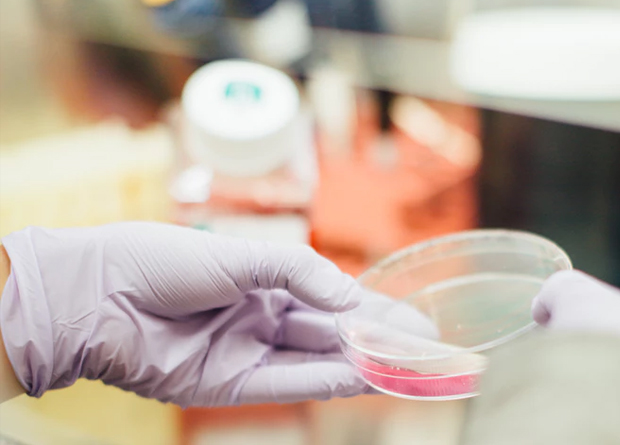Candida infections are a common cause of many the health issues that people struggle with. Fatigue, headaches, brain fog, digestive issues, body odor, and so much more can be caused by a Candida infection.
While Candida infections are common, information about Candida infections and how to treat them is less common. Many people that have a Candida infection have no idea that they have it, and even those that do know they have an infection often are left uncertain about how to get rid of their Candida infection.
Candida is a type of yeast that naturally lives in and on the body. It only causes an infection when it grows beyond healthy levels. Candida overgrowth occurs when the beneficial bacteria in our gut are harmed from dietary or lifestyle factors like:
- Antibiotics
- Alcohol
- Cigarette smoke
- Chemicals in processed food
- Stress
- Toxins
Bacteria in our gut usually keep Candida under control and prevent their population from growing. But when these bacteria are no longer there, or are not present in sufficient numbers, the Candida yeast takes control of the situation and grows rapidly out of control.

One of the common questions people ask related to Candida is, “Is it okay to eat sugar when you have Candida?”
The short answer is no, it is not a good idea to eat sugar or sugary foods if you have a Candida infection. Let’s discuss why.
The most important thing to understand is that Candida is a yeast, which is a type of fungus. All fungi feed on sugar as their primary fuel source. Sugar is what allows fungi to grow and expand. So, sugar is the number one food that allows Candida to keep growing and colonizing the gut.
Without sugar, Candida cannot continue to grow. This is why it is essential to avoid sugar if you have a Candida infection.
Still, there is much more to getting rid of a Candida infection than just cutting out sugar—though this is certainly an important step in the process.
In addition to getting rid of sugar in the diet, you need to add in antifungal foods and herbs that can eliminate the overgrown population of Candida yeast. After that, it is important to follow this up with a protocol for restoring a healthy balance in your gut microbiome.
Restoring balance in the gut microbiome will ensure that the Candida do not return, as now you will have good bacteria there again to keep them under control.
Following the right diet and protocol is essential for getting rid of Candida. Zuma Nutrition covers this in-depth in their Candida Cleanse Diet Guide.
There are many other dietary and lifestyle tips to consider for getting rid of Candida. While this diet can be restrictive, it is only temporary. Most people recommend following the diet for about 90 days.
Thankfully, the Candida Detox Diet is still very nutritious, and there are many enjoyable foods and snacks that you can have that are sugar-free. After all of your hard work on the diet, you can rejoice in being Candida-free and can fully enjoy your health and well-being once again.














































































































